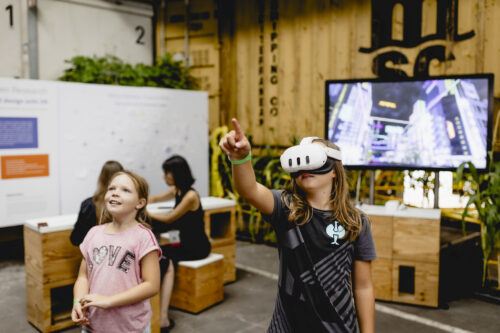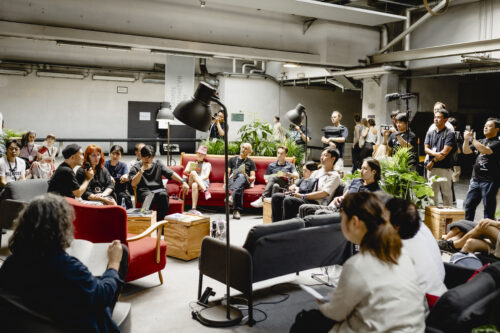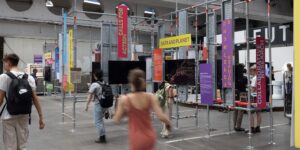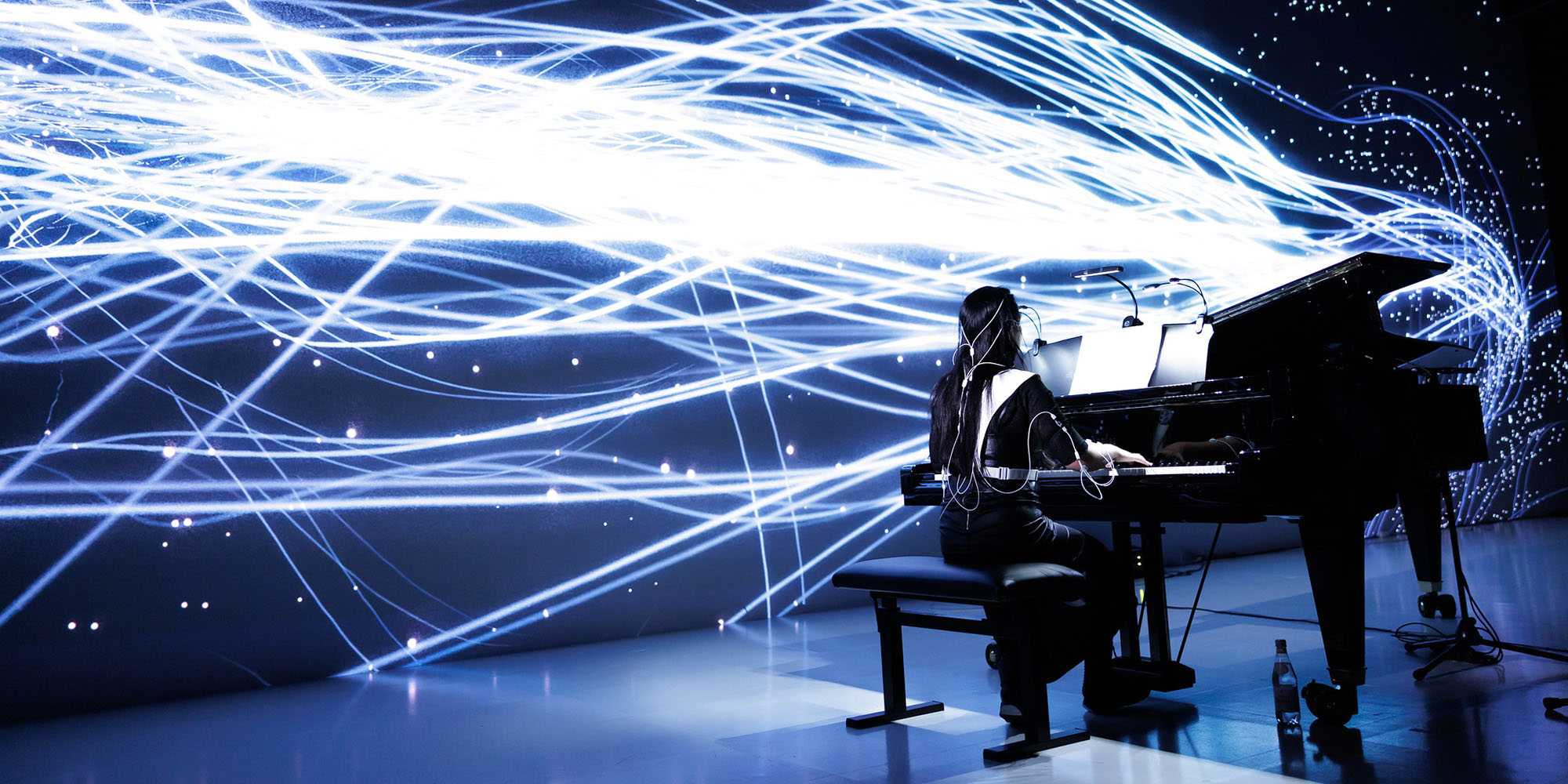Alexandre Bizri
-
![Oribotics [n-Dimensional]](https://ars.electronica.art/futurelab/files/2025/06/oribotic-n-dimensional-spiral-blue-2025matthew-gardiner-500x250.png)
Oribotics [n-Dimensional]
Can Origami Fold Into More Dimensions?
This project investigates the intersection of origami theory and robotics through computationally generated, multi-dimensional structures, culminating in a series of artworks that explore the geometric, aesthetic, and conceptual potential of rigid origami.
-
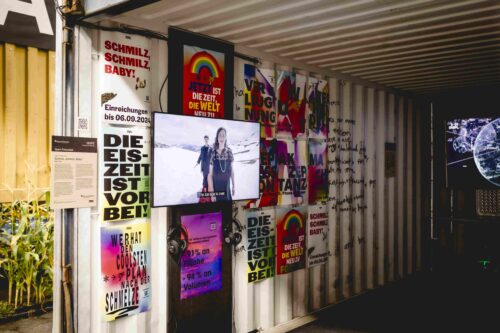
Melt This!
Radical Dialog on Glacial Melting
Schmilz, schmilz, Baby! / Melt This! is a thought-provoking campaign on glacier retreat by the activist artist group Aggro Climate, members of the Ars Electronica Futurelab. The initiative is one of the two winning projects of the Ars Electronica Futurelab 2024 internal ideas competition Ideas Expedition.
-
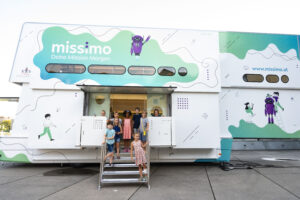
missimo
Mobile STEAM Learning for Kids
missimo is a project for children aged eight to ten that offers many experiments on topics such as AI, robotics, and programming. The special appeal: missimo visits primary schools in Austria’s rural areas by truck.
-

Oribotic Instruments
Folding Sound with Origami Robotics
Our question for this work, What happens to our experience of space when we fold sound? is situated in our research into fundamental artistic methods for origami and robotics, following our central theme of Fold Sensing.
-

Future Teams
Communicative Robots for the Workplace
The Future Teams project aims to develop innovative technologies, spaces, and services that enhance team creativity and foster mutual care in the workplace. Prototypes include three buddy robots with communication skills aimed at enriching future teamwork.
-

Glockner.Luft.Raum
Climate and Weather Data Experience
Glockner.Luft.Raum is an approximately 15-minute data-based generative sequence that makes the complex connections between global climate change and regional weather kitchen in the Austrian Glockner region visible, audible, and tangible.
-

Bio Ink
Can Ink Be Alive?
In Bio Ink, the Futurelab brought together biotechnology and digital pen tablet technology to create living ink that grows freely beyond human input. With this research, the team explored co-creation with other organisms and nature.
